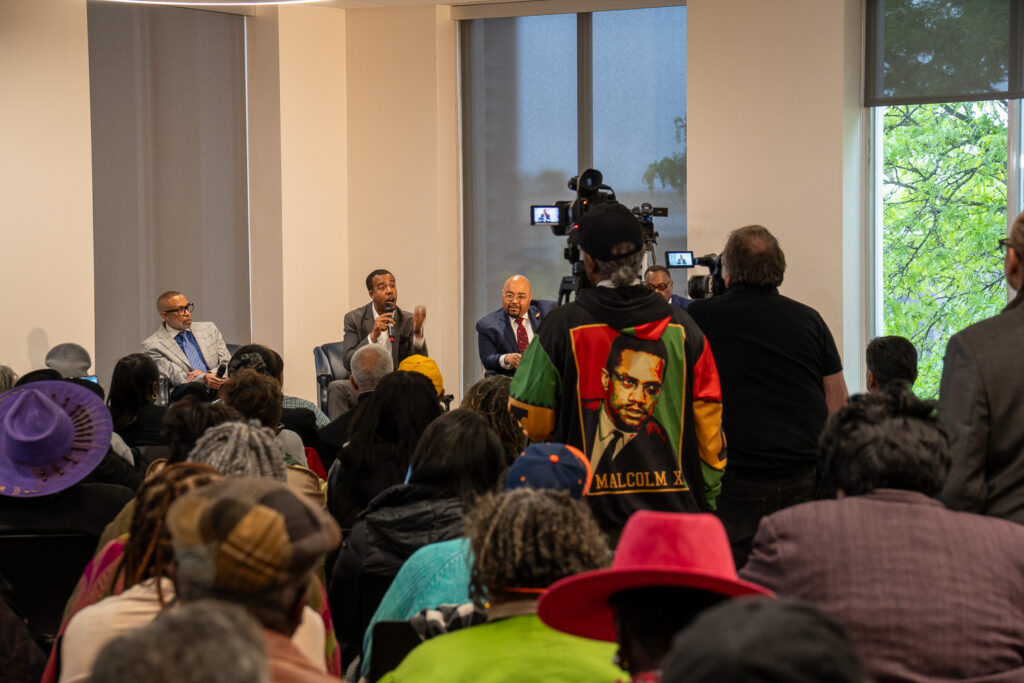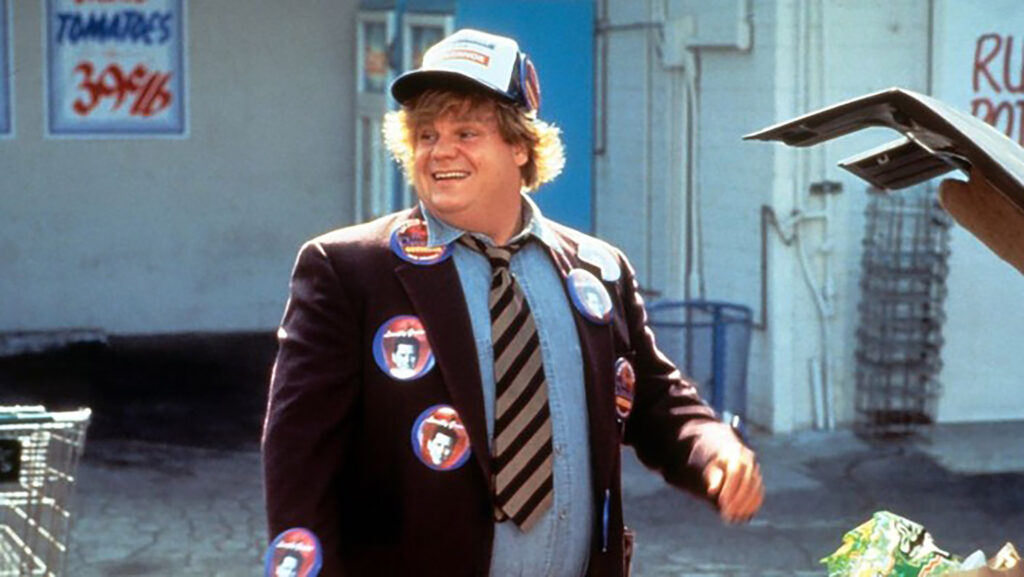Detroit — At a recent mayoral debate sponsored by Michigan Enjoyer, eight candidates sat on stage to give their vision for the future of Michigan’s largest city. One common and ominous vision was widely shared: a renewed, rebuilt, and sustainable Detroit without more white people.
Throughout the rowdy debate—frequently interrupted by emotional audience members—most of the candidates keyed on the notion of two Detroits, with attorney Todd Perkins even suggesting three Detroits might actually exist.
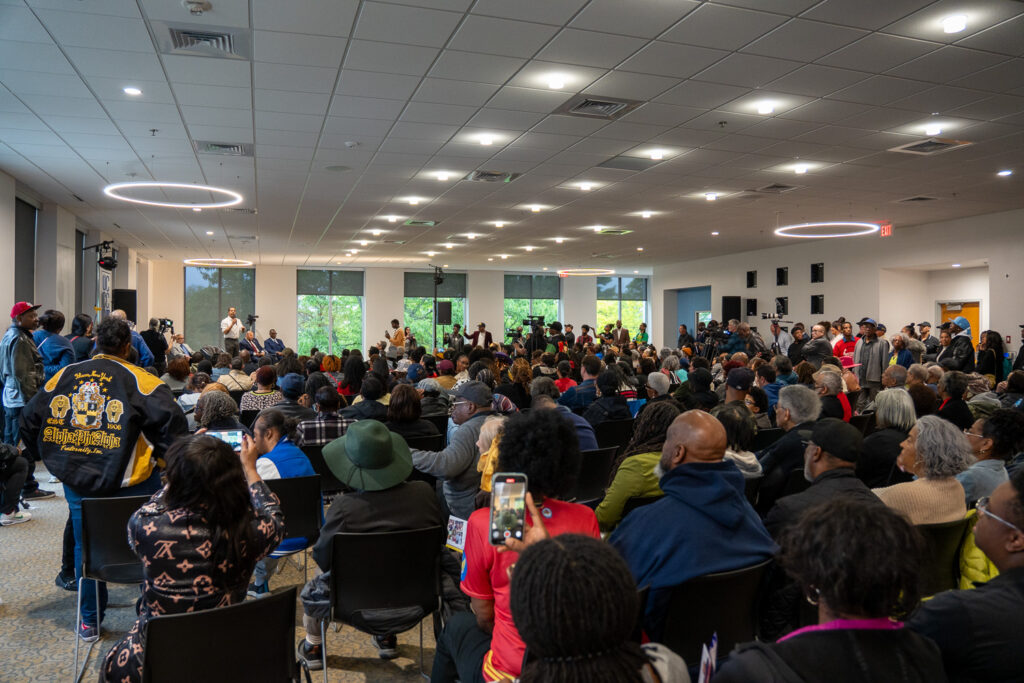
He laid out the groups: Downtown Detroiters comprised of black professionals and urban elites, the Detroiters living in low-income high-crime neighborhoods, and the Metro Detroiters who enjoy the hot spots of downtown Detroit but leave for the safe confines of the suburbs.
That last group is quickly becoming an annoyance for the elites aspiring to take control of the city.
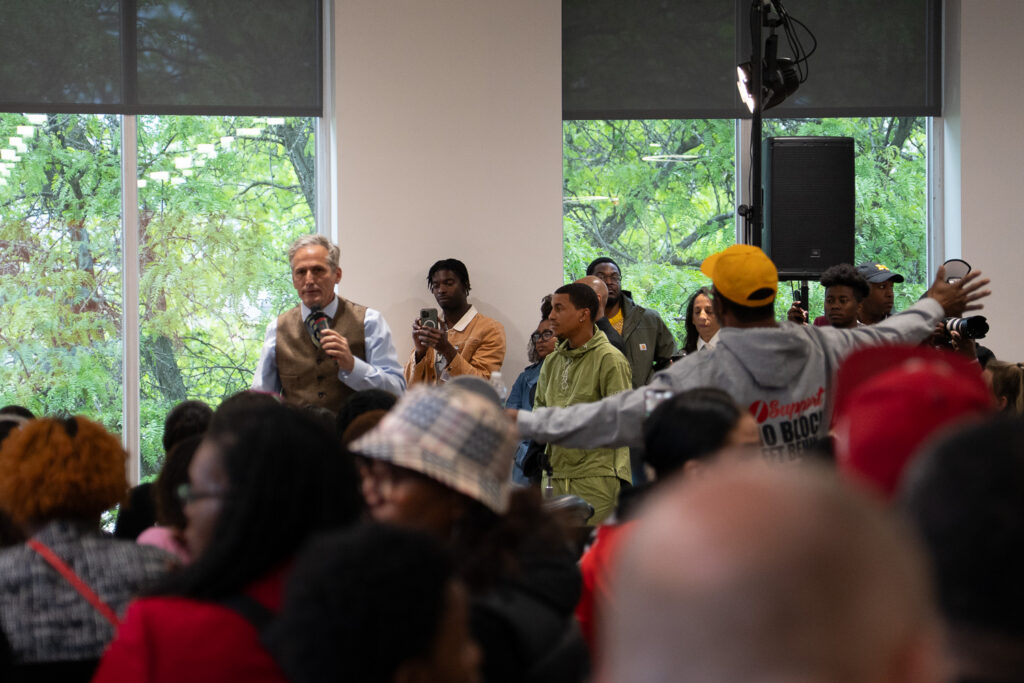
The vibe was clear and concise to all in the room. A second Coleman Young may be returning, and by all indications, the people are ready for it.
Young took the reins of the city in 1974, when the city was still reeling from the 1967 riots. Bombastic, controversial, and antagonistic to whites during a time of racial tension and national economic downturn, Young presided over a a drastic decline in population, as “white flight” caused a half a million people to leave the city.
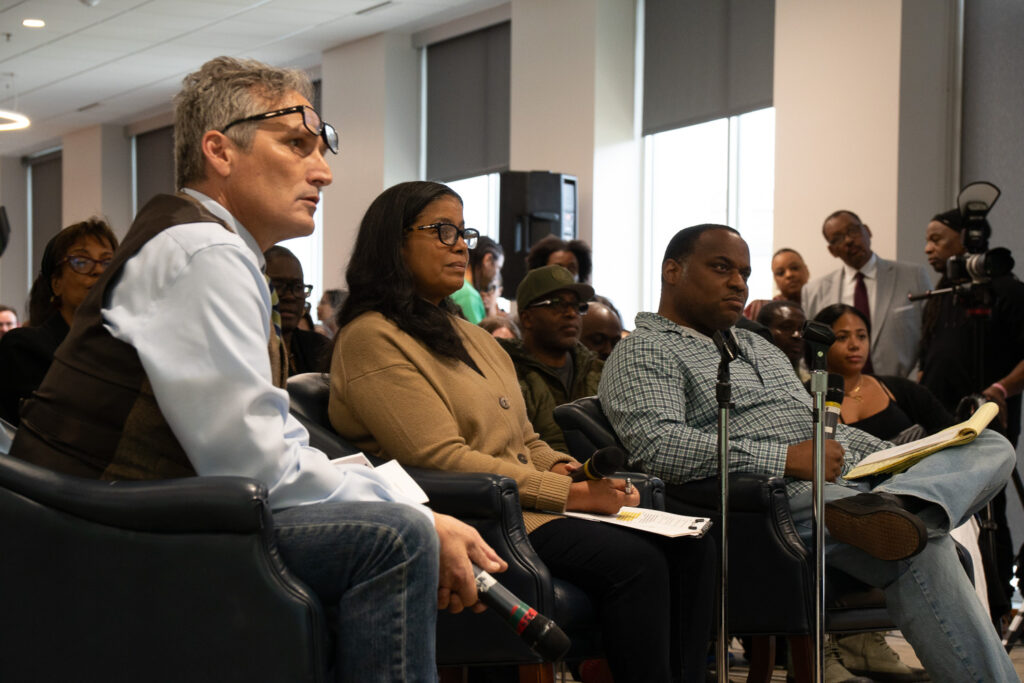
The Young Era gave way to more inclusive modes of development as white hipsters returned to areas like Eastern Market and Corktown to inject small business capital and renew the city.
Over the last two decades, downtown Detroit has seen remarkable redevelopment, but it appears anger has simmered under the surface, as Detroiters have seen little progress in their own neighborhoods.
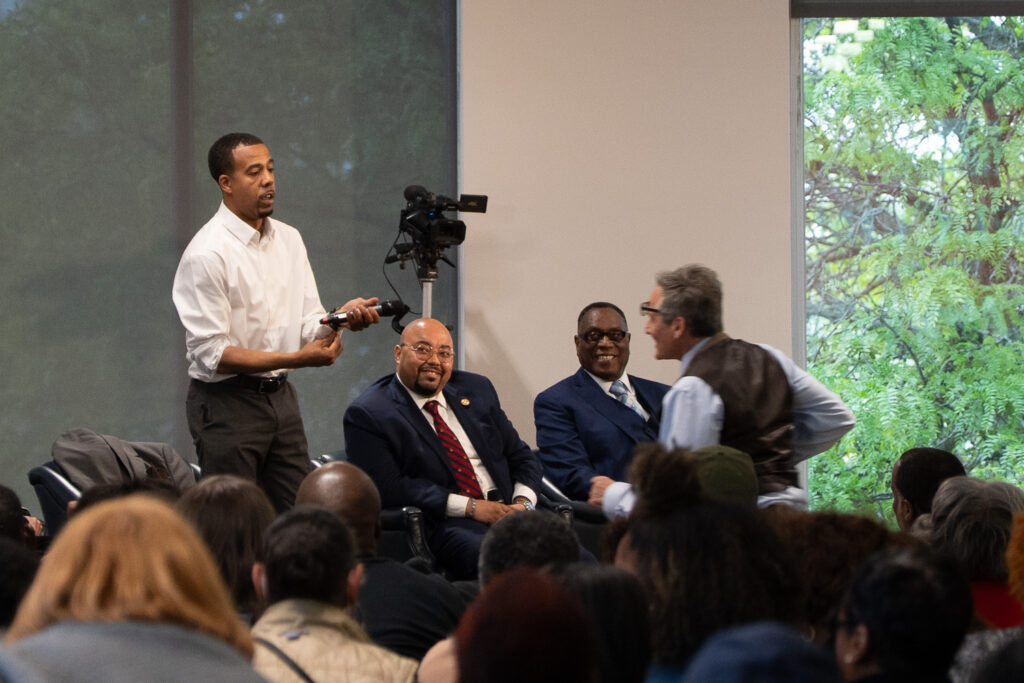
Overt racial tropes were not used, but each candidate carefully crafted “For Us, By Us” themes to suggest that a recapturing of the city is needed. The Detroit Riverfront Conservancy was a hot-button issue due to a recent scandal involving the embezzlement of $44 million by CFO William Smith, but undergirding that was the notion the people of Detroit do not own and control the riverfront, and too many affluent outsiders come to enjoy it.
Belle Isle was also mentioned in conjunction to that motif, as candidates complained the historic Detroit landmark has been managed in such a way to block city residents from using it in favor of white Metro Detroiters.
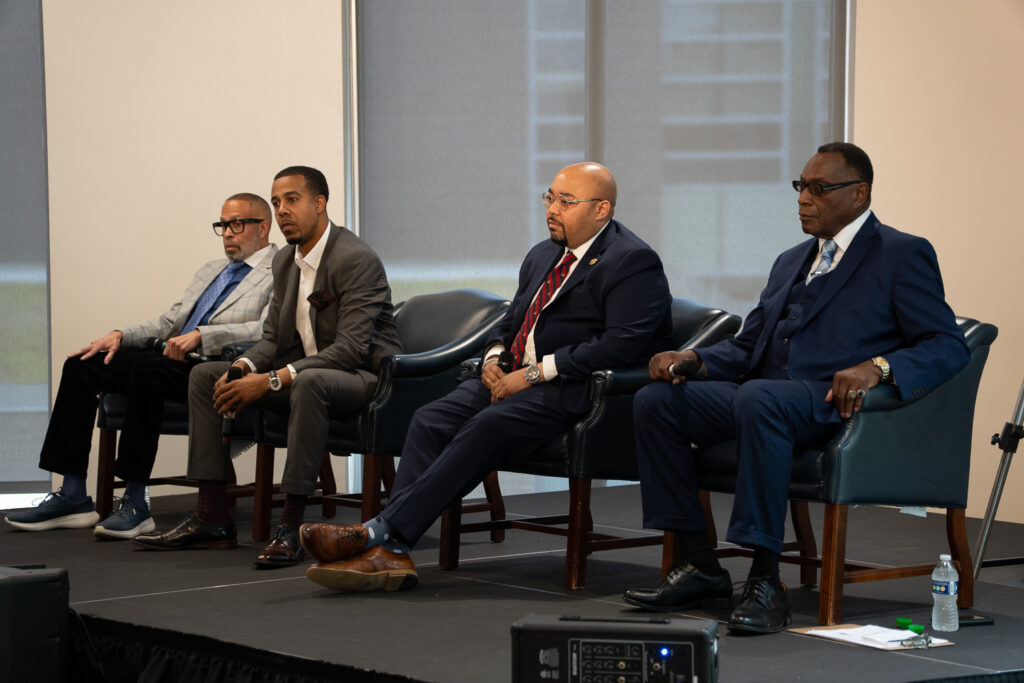
Several of the candidates mentioned or agreed with the notion that Detroit has become a city where blacks are no longer wanted or desired, an absurd declaration given the city is nearly 80% black, but the feeling is real nonetheless.
Attorney Todd Perkins stormed out of the gates mentioning I-375 redevelopment, the demolishing and surface leveling of the short strip of freeway controversially constructed over the Black Bottom slums in 1964. The freeway has long been viewed by black Detroiters as a barrier designed to keep them out of downtown and as one of the premier examples of systemic racism in the city.
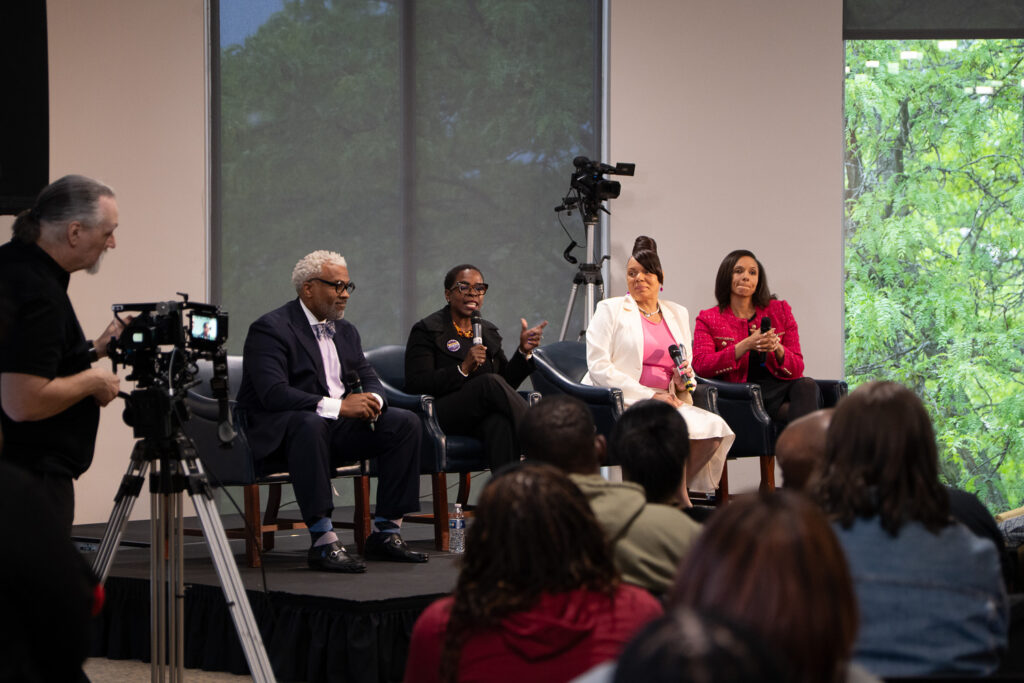
Former City Councilwoman Saunteel Jenkins grasped onto the I-375 project to tout a reparations plan for black people and black-owned businesses displaced in the 1964 construction of the freeway.
Mary Sheffield, the clear front runner in the race, was easily the most poised, prepared, and polished candidate. While cleverly sidestepping the I-375 project, but briefly mentioning a vague first right of refusal for displaced Detroiters, Sheffield immediately reached for additional tax hikes on entertainment venues—in effect, another dig on Michigan residents outside the city bringing revenue in—to solve the city’s fiscal mismanagement.
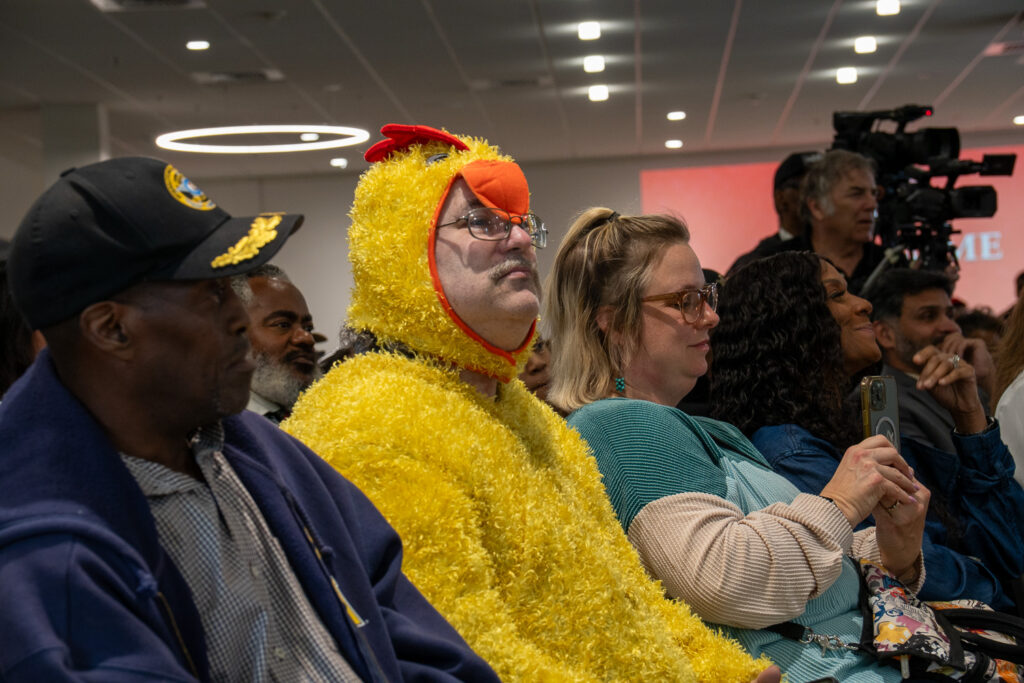
The irony was obvious. Black Detroiters want total control over the city, don’t particularly like white Metro Detroiters in their city, but need to soak them nonetheless to stave off a budgetary collapse that could come sooner than most realize.
The issue at hand for the next mayor of Detroit is staving off economic turmoil and a potential second bankruptcy, but no feasible plans have been proposed, only more us-vs.-them rhetoric.
Jay Murray is a writer for Michigan Enjoyer and has been a Metro Detroit-based professional investigator for 22 years. Follow him on X @Stainless31.
